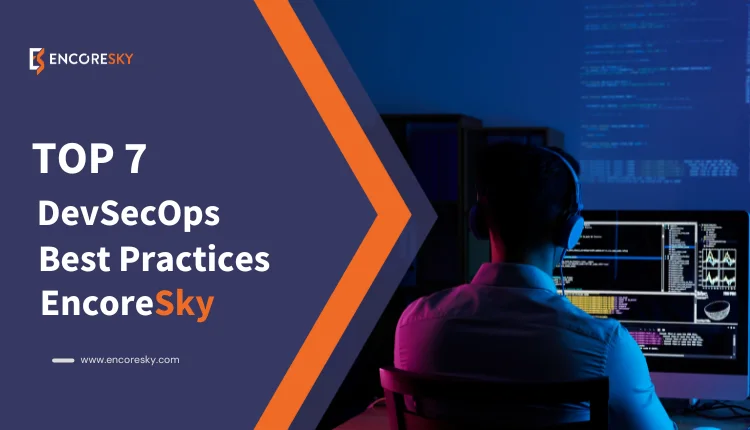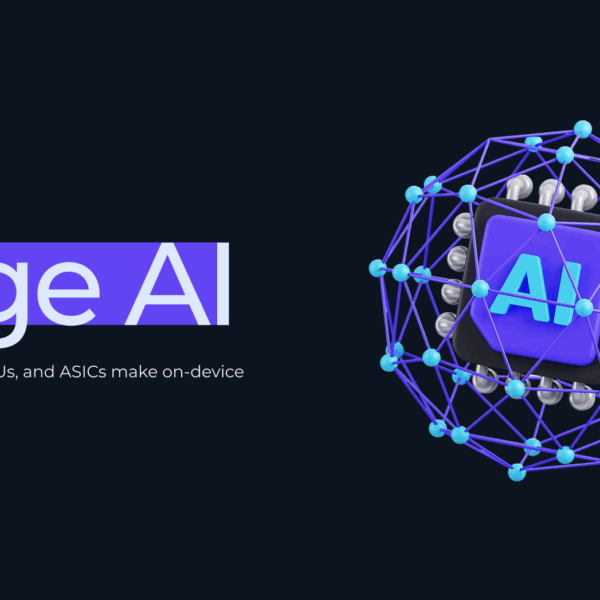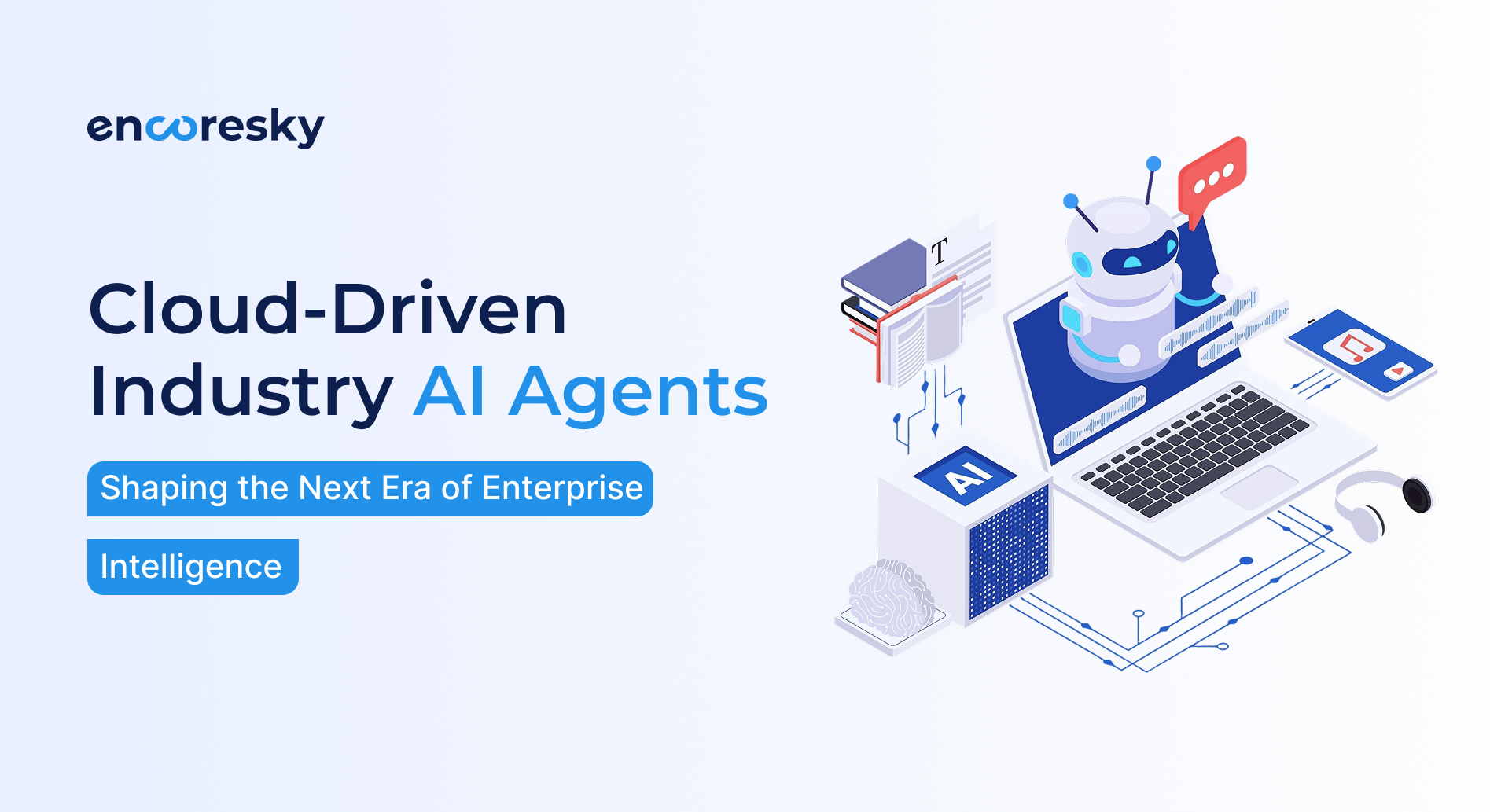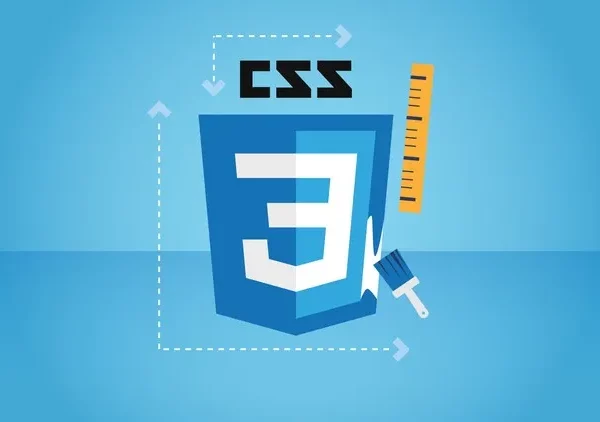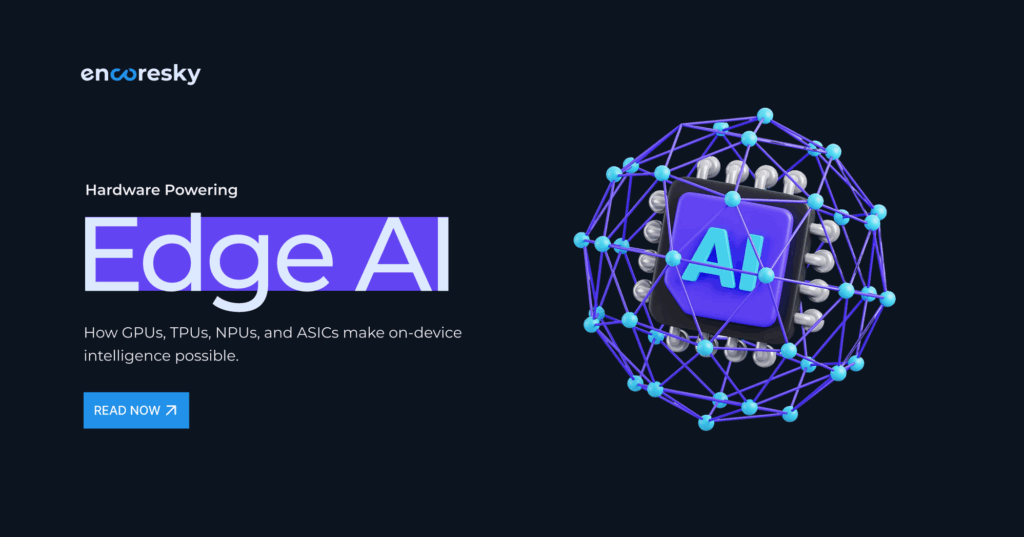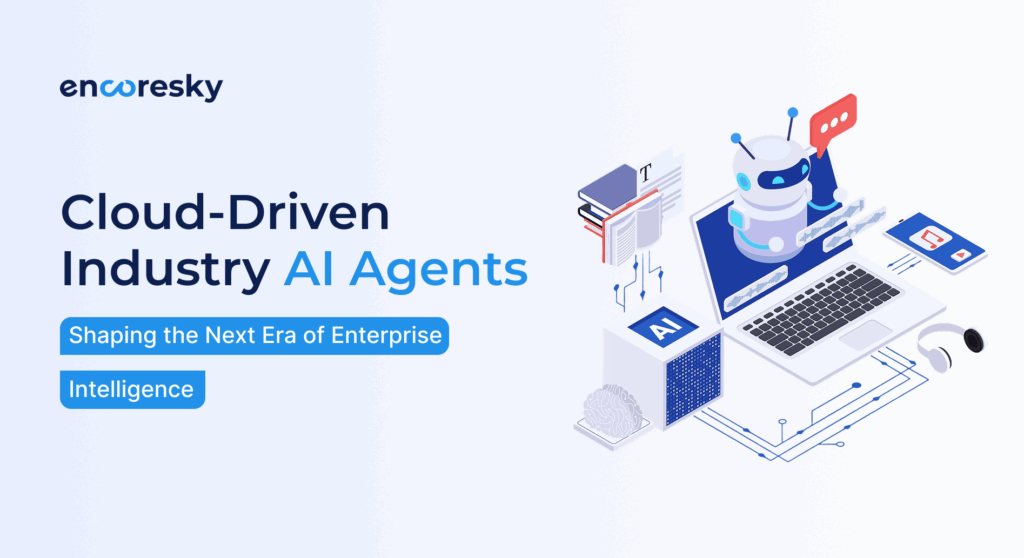In today’s fast digital world, it’s crucial to make software that’s safe from hackers. But often, speed and features are prioritized over security. That’s where DevSecOps comes in. Here is our guide to DevSecOps best practices.
DevSecOps means blending Development, Security, and Operations. It’s a smarter way to build software. It puts security at every step of making software, so it’s both quick and safe.
In this guide, we’ll cover seven important DevSecOps tips and DevSecOps best practices. These tips will help you make your software safer. We’ll talk about things like using automation, working together as a team, and learning continuously. Let’s start on this journey to build software that’s fast and secure.
Here are eight fundamental guidelines in DevSecOps that can assist your teams in incorporating security across every step of the development process.
Automate Security Testing
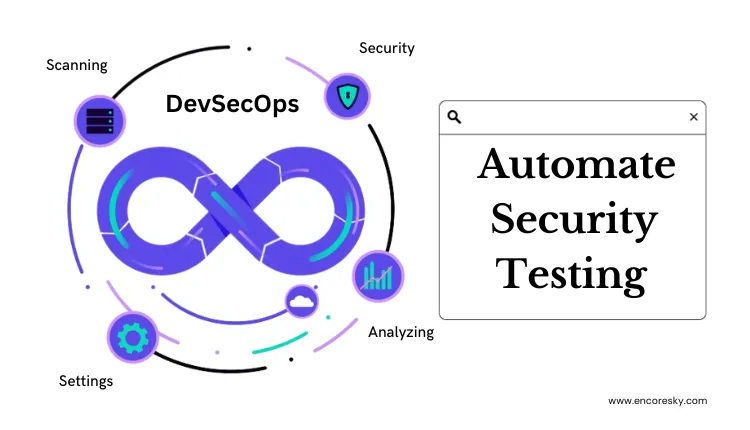
Automation is a big part of DevSecOps, where we blend security into software development. Use automated security testing tools like code analysis and scanning to find and fix problems early. It saves time and money.
In DevSecOps, we use Continuous Integration and Continuous Deployment (CI/CD) to make the software-building process fast and automated. Speed is essential, and to achieve it, we rely on automation tools. These tools are vital for analyzing and testing software at every stage of its development.
While automating as much as possible is a good practice, it’s important to be smart about it. For example, scanning the entire source code of an application every day isn’t a good idea because it’s slow and disrupts other important tasks like updates. Instead, we can use tools like dynamic application security testing (DAST). DAST is quick and effective. It constantly looks for vulnerabilities and gives teams actionable advice in real-time. This way, we can automate smartly and keep our software secure and efficient.
Shift Left with Continuous Integration
“Shifting left” means addressing security concerns as early as possible in the development process. Incorporate security checks into your continuous integration (CI) pipeline, ensuring that every code change is subject to security assessments. This prevents vulnerabilities from propagating into production and reduces the risk of late-stage security surprises.
Foster Collaboration

Collaboration stands as a cornerstone of DevSecOps and plays a pivotal role in its success. In the DevSecOps best practices model, developers, security experts, and operations professionals join forces to detect security issues early in the Software Development Life Cycle (SDLC). Unlike traditional DevOps, DevSecOps mandates the active involvement of security specialists right from the project’s design phase, early development stages, and throughout its duration.
Additionally, security becomes a shared responsibility. Every team member collaborates to grasp security requirements, implement best practices, and perpetually enhance security measures. Responsibilities aren’t isolated; instead, everyone works together in real-time.
When businesses foster collaboration in DevSecOps, several benefits ensue. Security responses become more efficient and effective, teams gain agility, cross-training becomes routine, the organization’s overall expertise flourishes, and the team attains unified objectives. In essence, collaboration is the key to achieving security and operational excellence in DevSecOps.
Integrate the right tools
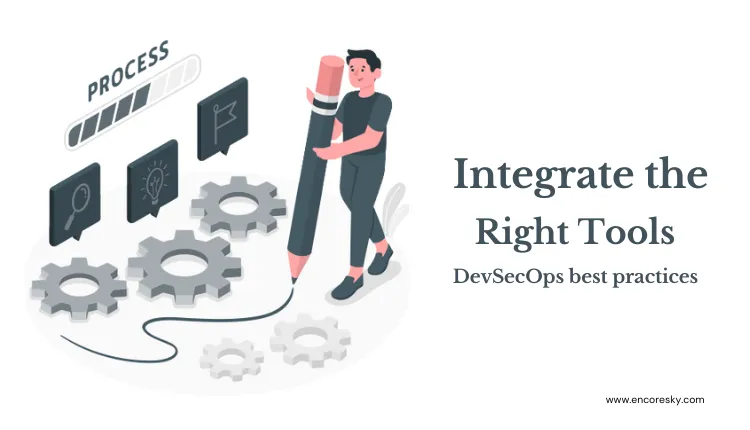
Incorporating the right tools is essential in the context of DevSecOps best practices. It’s crucial to select and integrate tools that align with the specific needs and goals of your DevSecOps initiatives. These tools should seamlessly fit into your development pipeline and support the automation of security checks and tests.
By choosing the right tools, you can enhance the efficiency and effectiveness of your DevSecOps best practices. These tools can encompass a range of capabilities, including static code analysis, dynamic application scanning, container security, and more.
The key is to ensure that the tools you integrate are well-suited to your development environment and can provide real-time insights and actionable data to improve security throughout the software development lifecycle.
Comprehend Open Source Code
In the realm of DevSecOps, it’s crucial to thoroughly understand open source code. This means taking a close look at software components that are freely available for anyone to use and modify. Open source code is like a building block for many applications.
To practice DevSecOps effectively, you should make sure the open source code you use is safe and free from vulnerabilities. This involves checking it regularly for any potential security issues and keeping it up to date with the latest fixes. By understanding and managing open source code well, you can reduce the risk of security problems in your software and make it more reliable.
Taking It Step by Step
DevSecOps, being a relatively new approach, might be unfamiliar to many teams and individuals. To make it a best practice, it’s advisable for teams to approach it gradually. Instead of overwhelming developers with a multitude of security checks all at once, start by introducing one or two security checks into their workflow.
This gradual approach allows developers to adapt to new security practices more smoothly. It breaks down the implementation of new processes into manageable pieces.
Empower Teams Through Security Training
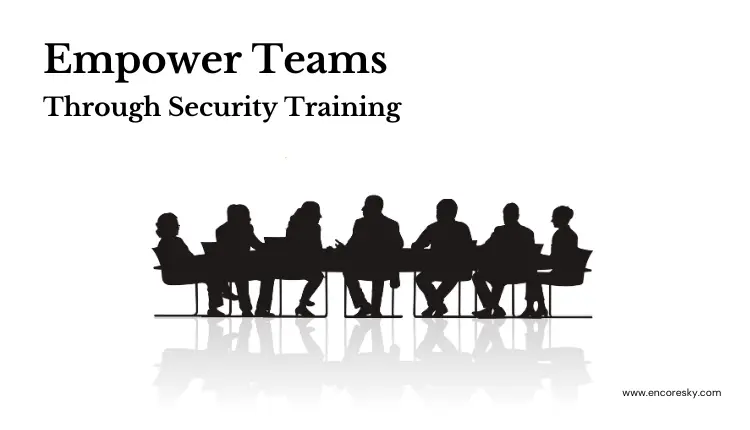
In DevSecOps, everyone should be responsible for security. But not everyone knows how to keep things safe. So, it’s a good idea to give training to all team members, like developers and operations folks, about secure coding and other security stuff.
This way, everyone can build safer applications. Many mistakes that lead to data breaches happen because people don’t know how to do things securely. Training helps fix that. It makes sure everyone in the team focuses on security, making the whole process better.
EncoreSky DevSecOps Approach
At EncoreSky, we’re DevSecOps experts. We help companies enhance security and seamlessly integrate it into their DevOps foundation. Our teams boost agility, enabling rapid responses to market changes and security threats. By prioritizing security throughout development, we shorten cycles, increase deployment frequency, and deliver dependable releases for faster time-to-market.
To explore DevSecOps best practices, contact us today. Experience how EncoreSky can improve your security and efficiency.
